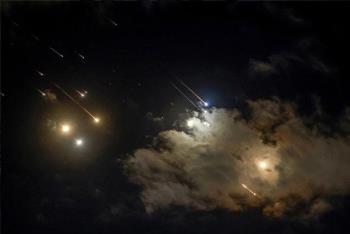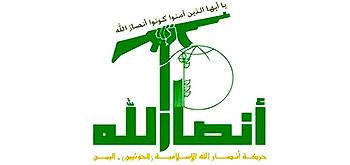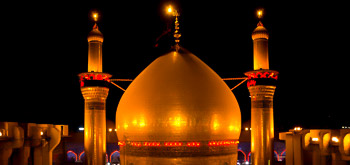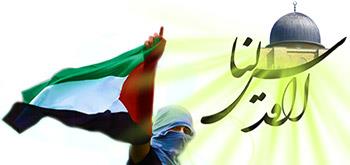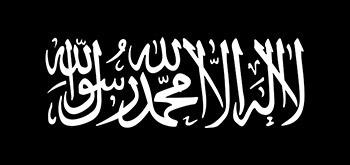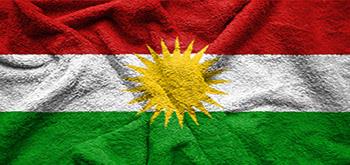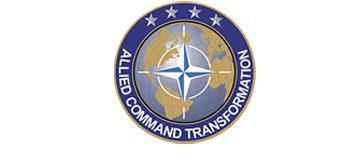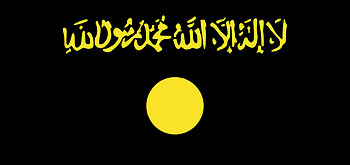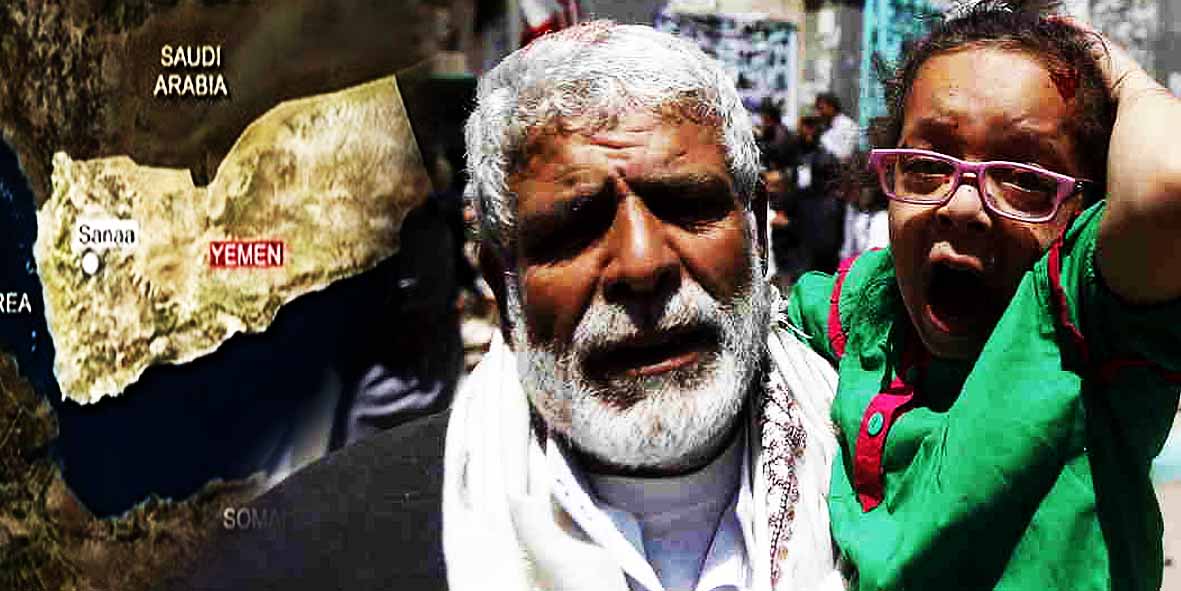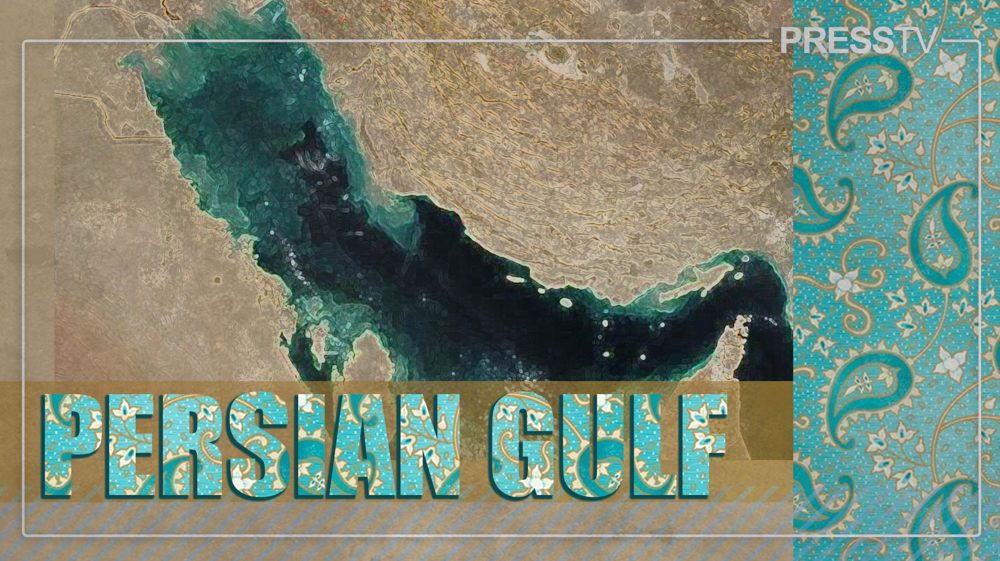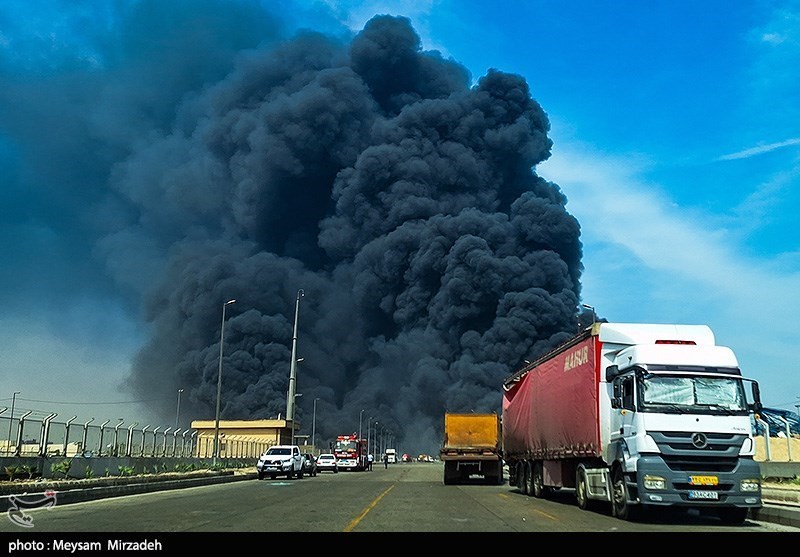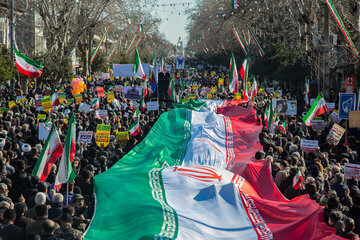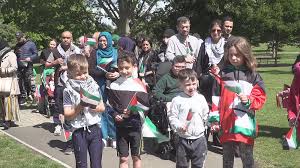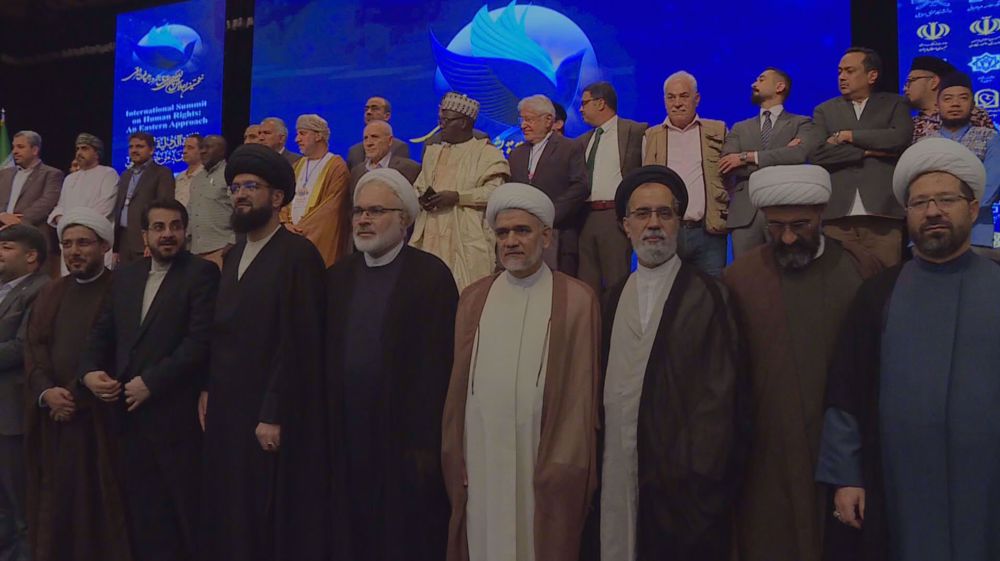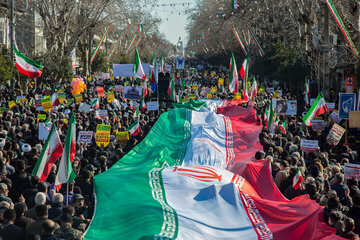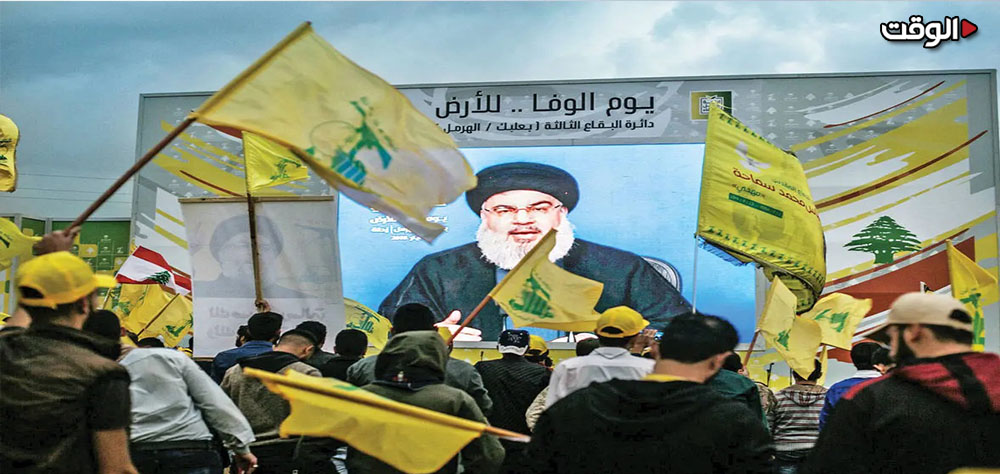Alwaght- Saudi Arabia’s brutal massacres in Yemen pushed Global Human Rights Organizations to warn from the Al Saud’s inhuman targeting of civilians and innocents with fatal weapons.
In a report published on March 28 2015, the Global Human Rights organization on its website a report mentioning the targeting of innocent Yemeni civilians. The report says, “warplanes bombed various parts of the city (Sanaa), including Bani Hawat, a predominantly Ansarullah Movement neighborhood near Sanaa’s international and military airports, and al-Nasr, near the presidential palace. The officials said they had documented that 23 civilians had been killed and 24 wounded. Among the dead were five children, ages 2 to 13, 6 women, and an elderly man, they said. The wounded included 12 children, ages 3 to 8, and 2 women.”
The report further adds, “The laws of war prohibit attacks that target civilians or civilian property, or that do not or cannot discriminate between civilians and fighters. Attacks that cause casualties or damage disproportionate to any anticipated military advantage are also prohibited.”
In another report published April 2, 2015, deputy Middle East and North Africa director at Human Rights Watch Joe Stork said, “The deaths of so many civilians in a camp with no apparent military target heightens concerns about laws-of-war violations.” Stork’s comment comes after one or more warplanes of unidentified nationality struck multiple sites at one of the three camps for internally displaced persons in Mazraq, in Hajja governorate of northern Yemen.
One of the camp managers told the Human rights Watch that he saw body parts scattered in front of him as well as charred bodies and torn tents. Almost four explosions hit the region. Another witness told Human Rights Watch that he did not see any armed men at the camp prior to the strikes, nor did he hear any fire. Human Rights Watch confirms that there are now Ansarullah Movement fighters base near there. Medecins Sans Frontieres, which supports a hospital in the vicinity, confirmed that they received a number of charred bodies, truncated limbs and others with very severe wounds. The organization emphasizes that even if several Ansarullah Movement fighters or a military truck were present at the camp, the attack was still probably unlawfully indiscriminate or disproportionate.
In the context of Saudi aggression on Yemeni people, according to the International Red Cross, Saudi Arabia has banned plane loaded with medicine and medical supplies from landing in Sanaa. The organization revealed that it did not get the necessary security guarantees to land a plane loaded with medical supplies in Yemen. International Committee of the Red Cross also launched an appeal in a statement to enable the humanitarian workers to work safely, after a volunteer was killed in the Yemeni Red Crescent Hossam in the southern province of Dali, while he was evacuating one of the wounded Yemeni civilians. Saudis banned the landing of a shipment of medical supplies to the International Committee of the Red Cross (ICRC) sufficient to treat 700 to a thousand people was supposed to arrive by plane on Tuesday to be distributed to hospitals throughout the country in order to treat the wounded.
Regarding the concerns that Saudi Arabia might use cluster bombs, which are classified as indiscriminate and internationally prohibited weapons, the report states that Saudi Arabia’s past use of cluster bombs raises concerns that they will be used in the current fighting.
The organization has evidence that in November 2009 Saudi Arabia dropped cluster bombs in Yemen’s northern Saada governorate during fighting between Ansarullah Movement and the Yemeni and Saudi militaries. In this context, cluster munition remnants from 2009 airstrikes have been reported besides to Yemeni clearance personnel documented photographs of BLU-97 and BLU-61 submunitions. Moreover, in 2014 VICE News published photos and videos taken near Saada exhibiting remenants of CBU-52 cluster bombs deployed in 2009.


